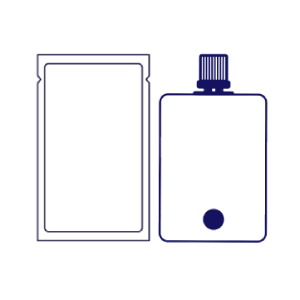A protein substitute provides the “safe” protein your child needs and isan essential component of the low protein diet for PKU.
There are many different types of protein substitute that can be taken, they come in all sorts of formats; powders, liquids and tablets, different sizes and an array of different flavours.
Your dietitian will always help you select the most appropriate protein substitute to meet your child’s needs.
Upon diagnosis, your child will have been prescribed a phenylalanine (phe)-free formula.
This special formula is in a powder format and comes in a can. It is mixed with water, in the same way as standard infant formula.
This special formula is in a powder format and comes in a can. It is mixed with water, in the same way as standard infant formula.
This is when your dietitian will introduce a more concentrated protein substitute (a second stage protein substitute). This is usually a powder that comes in a sachet – you mix it with a small amount of water to form a very low volume semi-solid consistency, a little bit like the consistency of baby rice.
From around 6 months of age, when your child starts to wean, they will not be able to meet all their “safe” daily protein needs from their special formula alone.
he next time your child will change their protein substitute to meet their changing nutritional needs, is usually when they start school, around 4 years of age.
By now, they will be taking their second stage protein substitute around 3 times per day. This is an ideal time to move them onto their ‘big boy/girl drink’. At this age, a ready-to-drink protein substitute can be introduced – this is often convenient to use at school or when away from home. Alternatively, there are also powders that can be mixed with water to make up a drink.
As teenagers or adults, there may be times when they want to change the protein substitute they are taking. This decision must always be made in conjunction with their dietitian.
They may wish to change protein substitute for any manner of reasons including:






